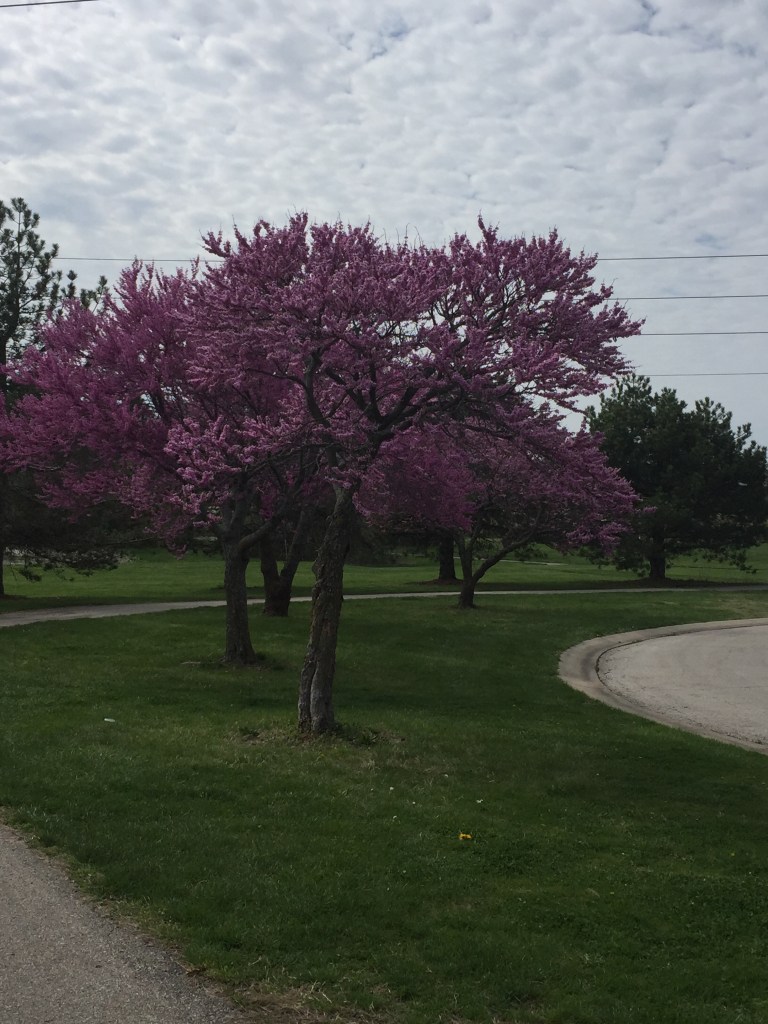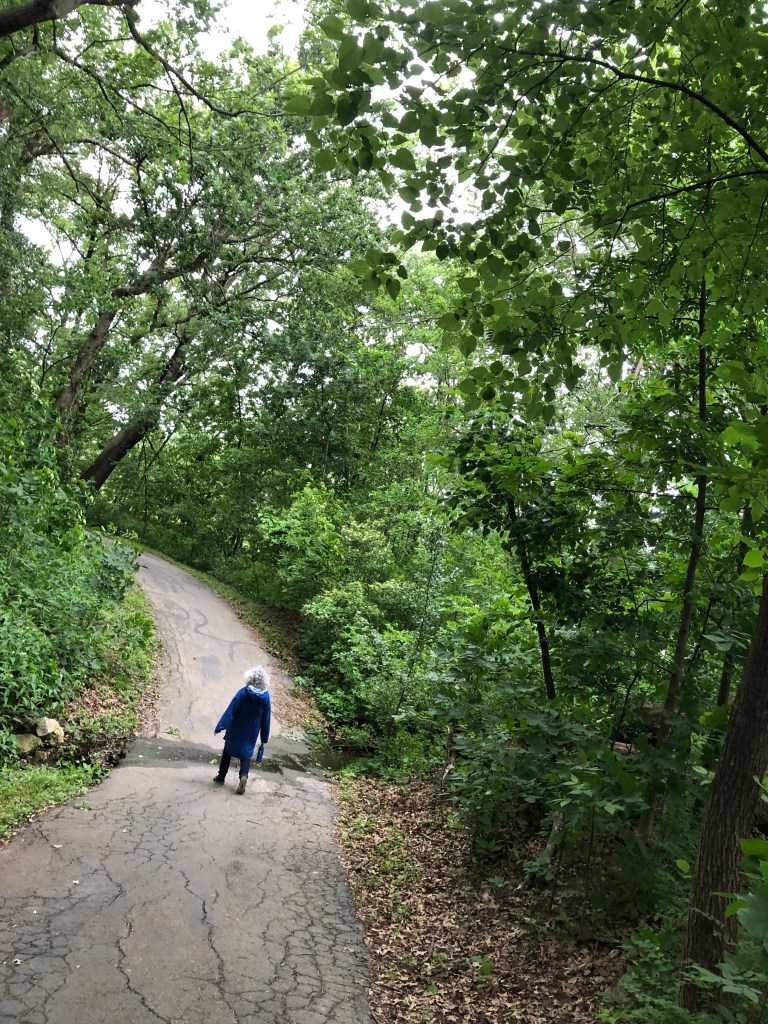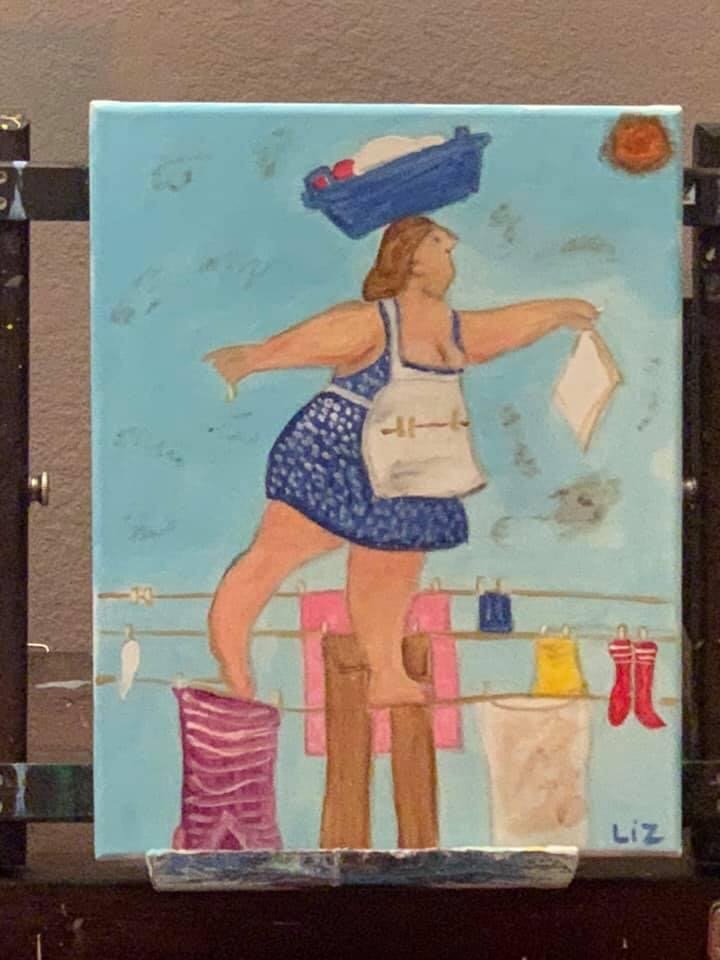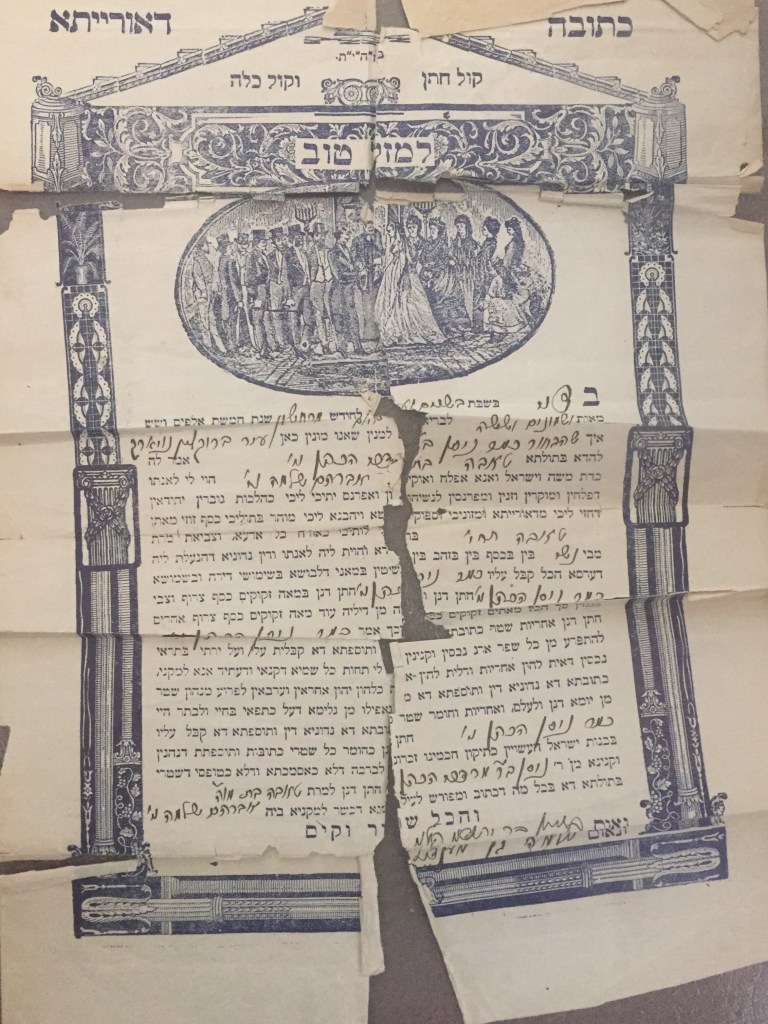Walking as saved my sanity through the past nine ten months.

I have been walking several times a week for over 20 years. When it has been nice, I walked outside with one of two friends. When it was cold, my main walking buddy and I walked inside at our gym. She and I have been walking for the past 20 years.
When the virus shut everything down, walking became my lifeline. We were told going outside to walk was important. And we were told as long as we stayed six feet apart, outside was okay. With that advice, my walking dates increased. Instead of walking three or four days a week, I upped it to six or seven days a week sharing these walks with two different friends.
Monday, Tuesday, Thursday and Saturday with my neighbor: Wednesday, Friday and Sunday with my walking buddy and when in town, another friend would join us. On these outside walks, we visited and talked. We shared our feelings about what was going on in the world. We discussed our families and what we were going through. We spoke about how important it was having each other to walk with during this time.
Occasionally I walked with other friends. My real estate agent/ friend and I walked Gezer Park once and around my new neighborhood another time. I loved walking at Gezer Park because my daughter and son in law got married there! A close friend and I eat outside on some Thursdays and then go for a walk when we can. There are other friends who have graced me with a walk as well! Thank you to all my walking buddies! Being with you outside has been wonderful!
My husband and I often take walks on the weekends. These are additions to my walks with my friends.
My main walking buddy and I have done charity 5 Ks together. How would we do it this year. Well we figured it out and we did. We signed up for the “Run For Ruth We Dissent” virtual walk. We donated to one of the charities listed and then walked together the 3.2 miles needed. Our other buddy could not sign up because the registration closed, but she walked with us.

Since I moved during the pandemic, my old neighbor and I have been alternating walking sites. One day in my old neighborhood trails, the next time at the new house. We realized that the tail system by my old house hooked up with the trails by my new house in a three-mile trek. We walked it! My husband dropped me off at her house, and we walked back to my house. Then I drove her home.

I used to make 10,000 steps about three or four days a week. Now I have hit that goal almost every day. I just ended a 56-day string of 10,000 or step days. I finally took a day off hitting just 6700 steps. I am back at six consecutive days of walking over 10,000 steps. Before COVID, I averaged walking 22 – 26 miles per week. When I went over 26, I was ecstatic. Now I average 29 – 38 miles per week! A major increase.
Walking has become the silver lining of my pandemic experience.
Now the weather is getting colder. We have had several very warm days, even taking advantage of one and going to our local arboretum. Walking in the afternoons has taken over our morning walks. Too cold at 8 am, so we walk at 2 pm. But some days we just cannot walk outside. Because of the risks of indoor exercise at our gym, we have decided not to walk there.

In the pre-pandemic days, I would have just taken these days off. But now, I get on my treadmill and walk the 2 to 2.5 miles I would have walked with my friends. Some days, I walk slowly, 3.5 miles per hour while I watch my favorite HGTV shows. Other days, I hustle and try to up my speed and incline to get my cardiac workout.
Instead of seeing walking as a chore and thinking I could be using my time more wisely. I now know that walking is what has saved my sanity, my health and my feelings of isolation, as I have walked by way through the pandemic.



